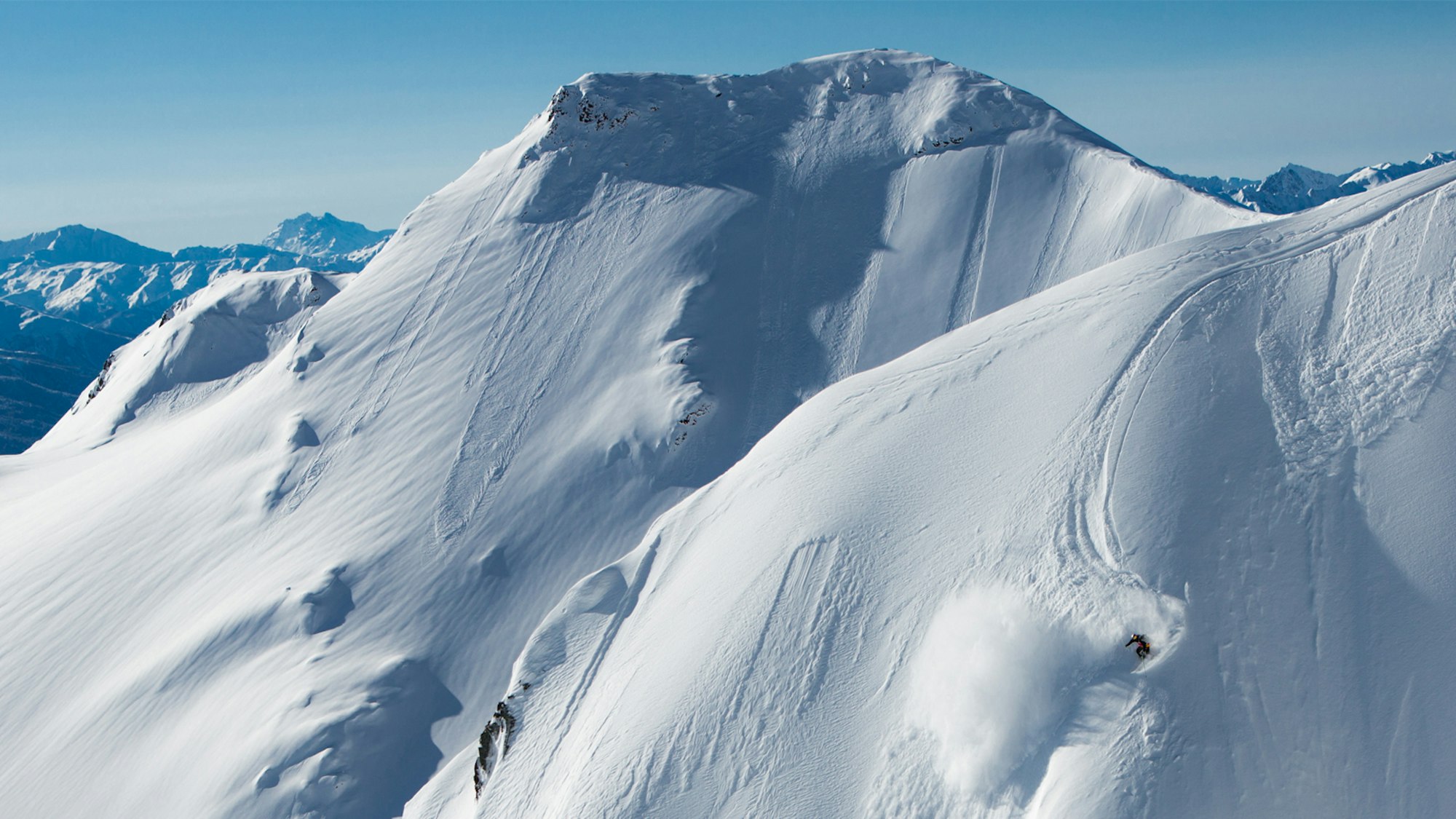

Words • Tess Weaver Strokes | Photos • Tero Repo
There are versatile skiers, and then there’s Markus Eder. The 27-year-old from South Tyrol, Italy, can seemingly master any realm of skiing he enters. As a park skier, Eder won Nine Knights in 2010, the SFR Freestyle Tour in 2011 and competed in the first Olympic ski slopestyle competition in Sochi, in 2014, placing 15th in qualifications. On the big-mountain competition scene, Eder took second place at the 2011 Red Bull Linecatcher, won the World Heli Challenge in 2012 and a Freeride World Tour stop in 2013 and was part of the winning team at the Swatch Skier’s Cup in 2011, 2013 and 2015. In the ski film world, Eder starred in four Matchstick Productions (MSP) films from 2014-2017, proving his prowess in powder and pillows and on steep Alaskan spine lines. And most recently, after attempting a first ski descent of the most difficult mountain in the Caucuses with fellow skiers Sam Anthamatten and Leo Slemett in the late spring of 2017, Eder has earned the distinction of full-blown ski mountaineer.
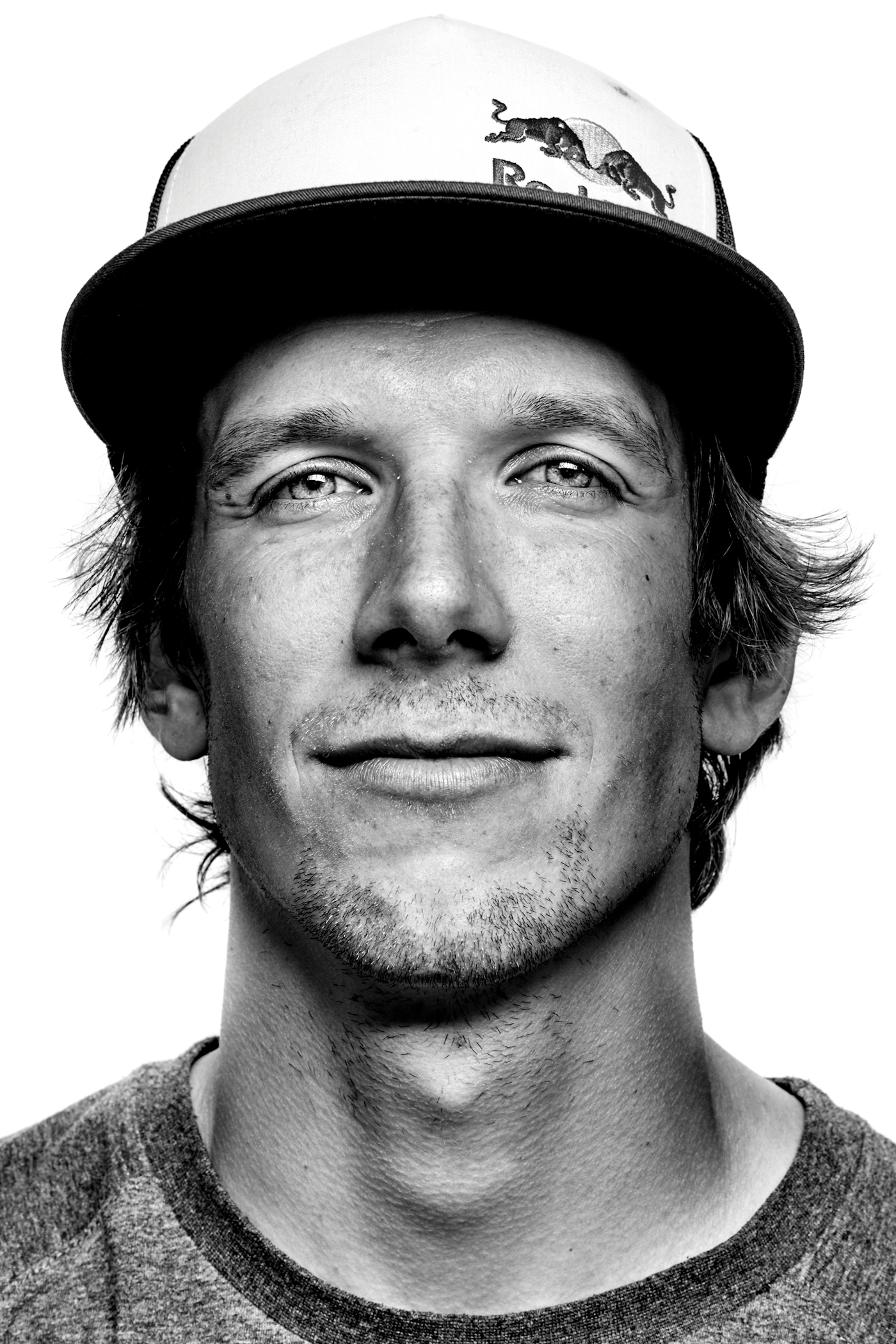
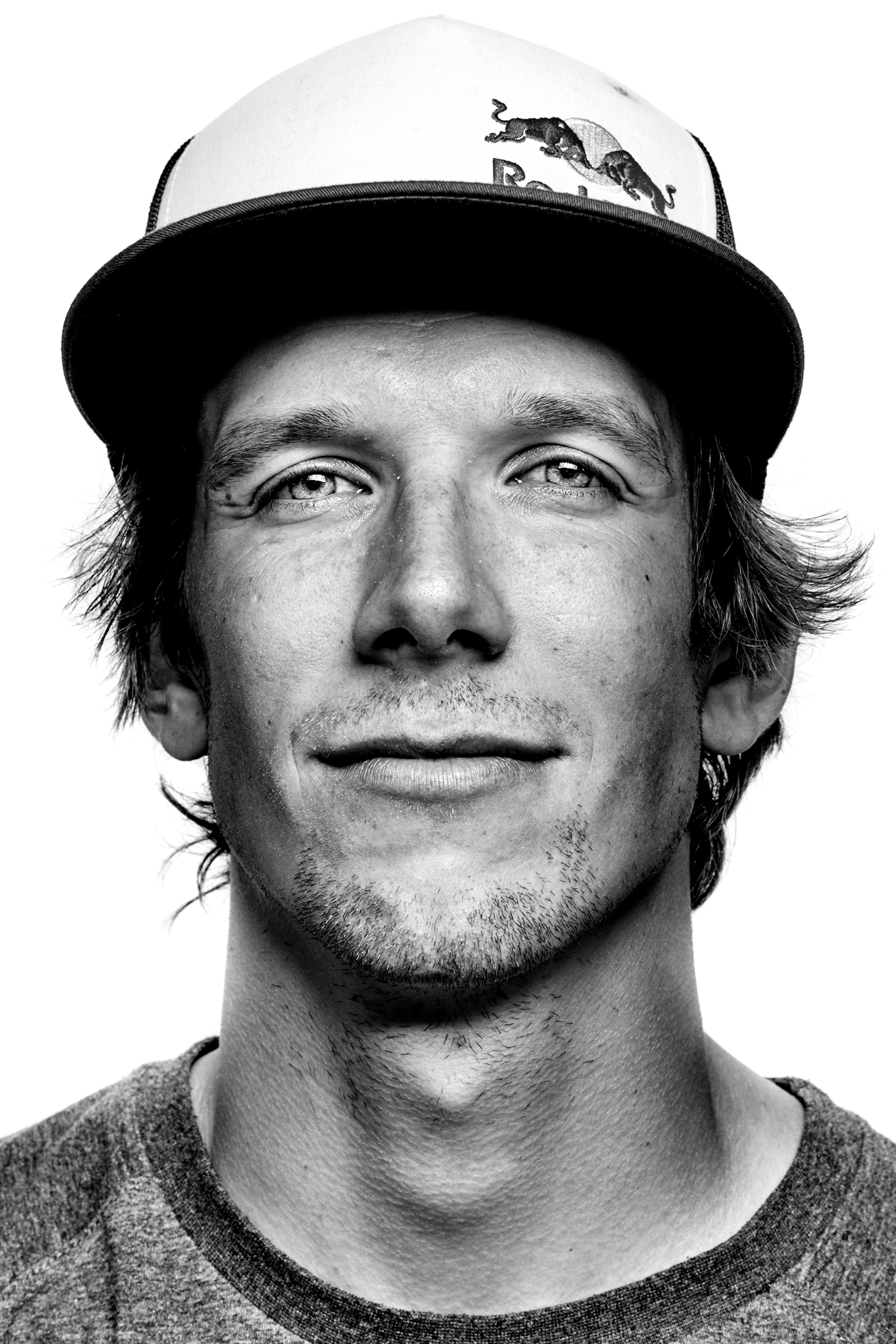
“Markus Eder doesn’t get enough credit for being by far one of the best skiers in the world,” says Cody Townsend, a three-time Swatch Skier’s Cup champion, award-winning ski film star and fellow MSP skier based in Squaw Valley, California. “He’s the embodiment of the video game skier, seeing and skiing the mountain the way you wish you could.”
Townsend first recognized Eder’s skills at the Swatch Skier’s Cup in Chile in 2011 when he witnessed Eder use the wall of a steep couloir like a halfpipe, launching a rodeo 7 and landing back in the couloir. “It was insane,” says Townsend. “He just looks at a mountain in a different, more creative way—he has that mindset that anything is possible.”
Following that contest, Townsend pushed MSP’s cinematographers to work with Eder, which they did—the footage they captured was featured in the 2014 film, Days of My Youth. Eder shared his first Alaska heli-skiing experience with AK veterans Richard Permin and Townsend, who showed Eder how to scope a line and judge the size of a cliff from the helicopter. “He was a little nervous… Alaska is an intimidating place. But on his first run he skied a big spine line with a 50-foot exit and stomped it,” says Townsend. “I was like, ‘OK, he’s good.’” On another run, Eder pointed out a south-facing spine where he wanted to try a trick. Townsend tried to talk him out of it, warning him of horrible snow, but Eder went for it. He hit sun crust and tomahawked. Then, on back-to-back days, Permin and Townsend suffered season-ending injuries, leaving Eder with two private helicopters, guides and a film crew all to himself. He produced a break-out segment and was nominated for two marquee film awards. Since then, he’s starred in three more MSP films, including the newest, Drop Everything (which won Best Film at the International Freeski Film Festival), in which he throws stylish, corked-out 360s, double cork 1080s and caps off a technical pillow line with a high-speed flatspin. “You know that kid driving down the road imagining tricks? He is that kid. He’s always talking and thinking about skiing,” says Townsend.
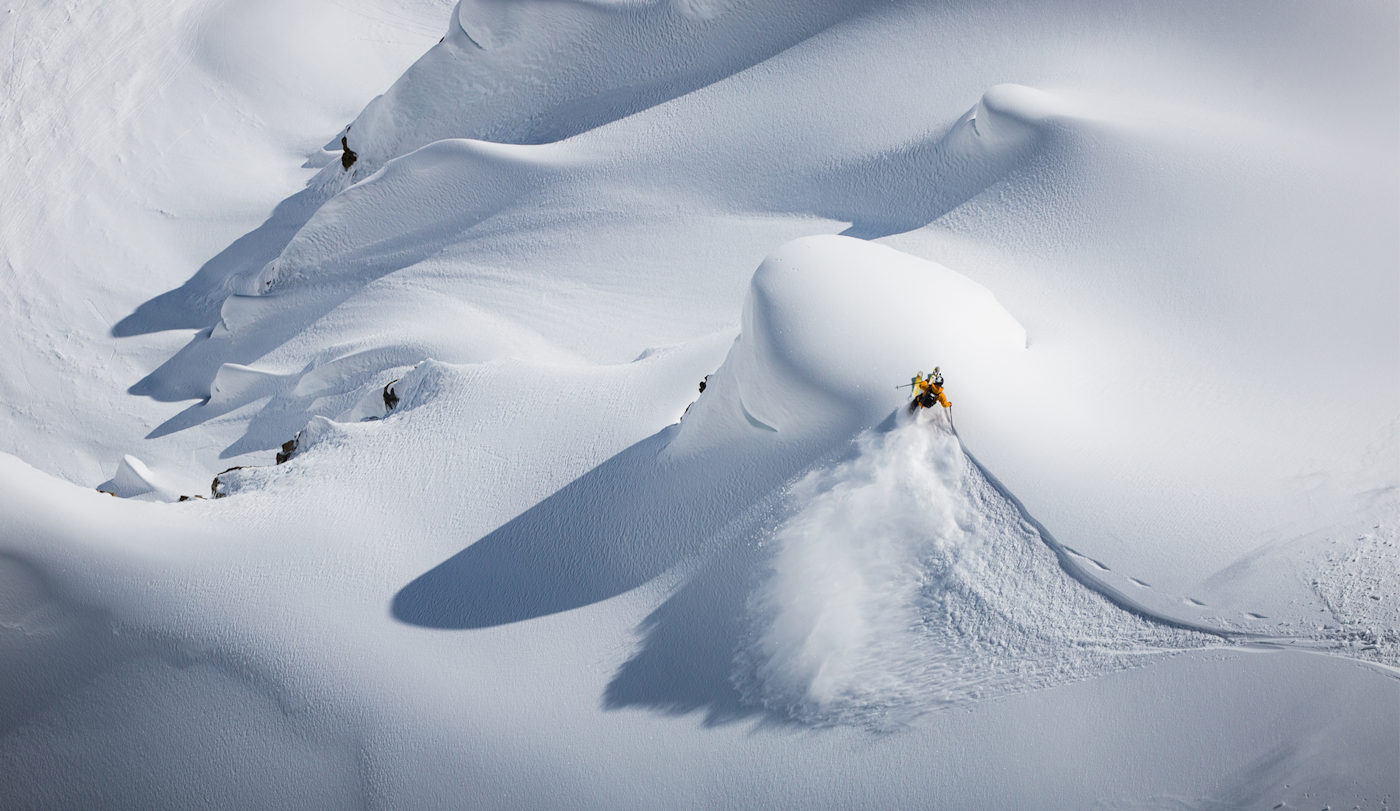
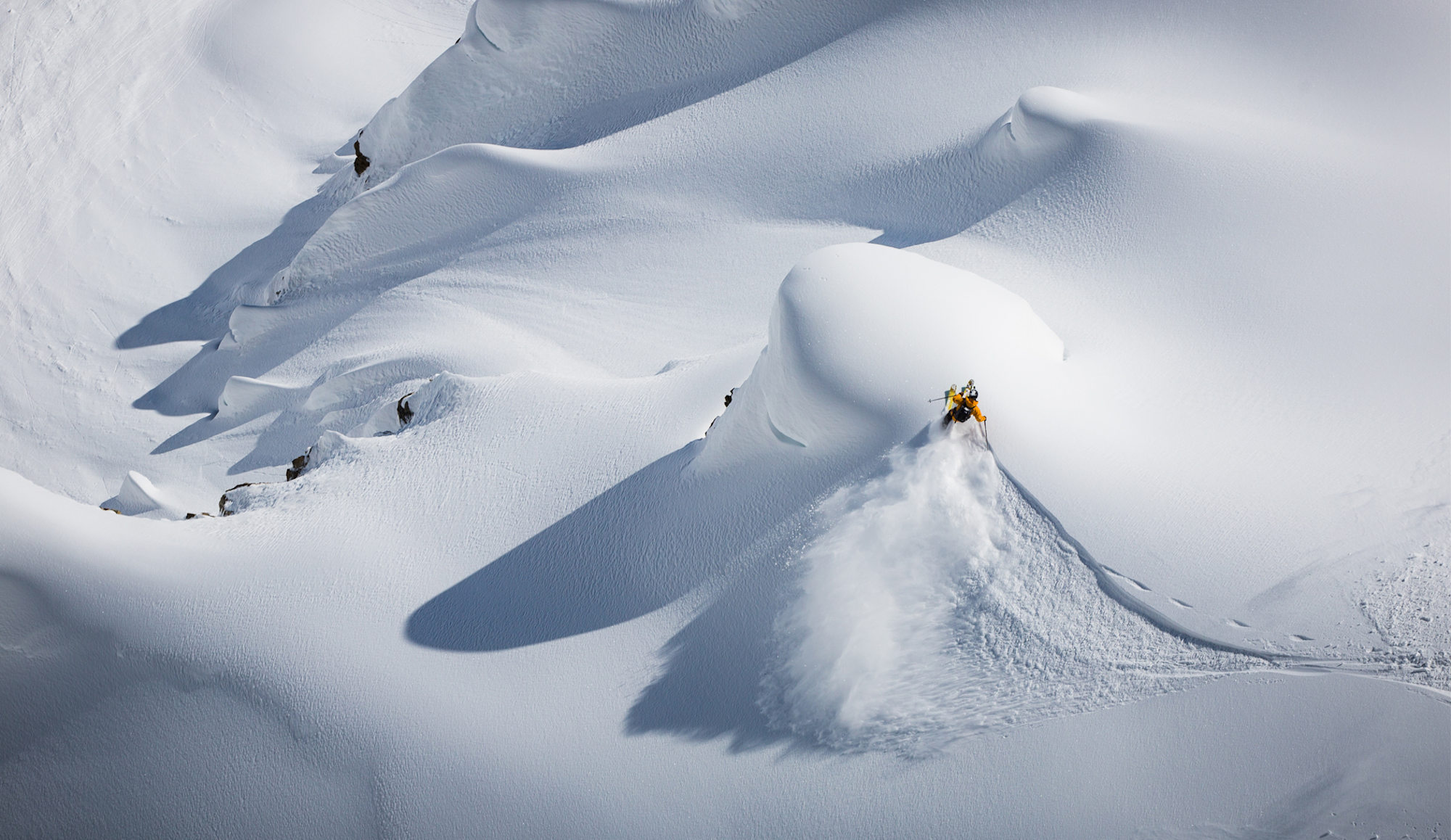
Eder grew up skiing at Klausberg, a small resort in South Tyrol, near the border of Austria and Italy. Born in Brunico, Eder now lives 20 minutes away in Ahrntal, a storybook area of rolling green hills, apple orchards and medieval castles, all set against the backdrop of the Zillertal Alps. He quit ski racing in favor of skiing the park; he became the lone skier in a group of jump-loving snowboarders. His dad, a passionate skier, spends summers raising cattle from a hut in a high mountain valley. His mother, like most locals in the area, is an avid uphill skier. Last winter, she ascended and then skied close to 30 3,000-meter peaks. When it comes to traveling, and his general approach to life, some might call Eder a lone wolf, but skiing at home, he’s usually surrounded by a solid crew. The people living in this Austrian territory turned Italian province identify with South Tyrol rather than a nation. Most speak German, one third speak Italian and another 5 percent speak a local dialect. Eder speaks three languages. Townsend says Eder sounds like a German, is fun-loving like an Italian, easy going like a Canadian and driven like an American.
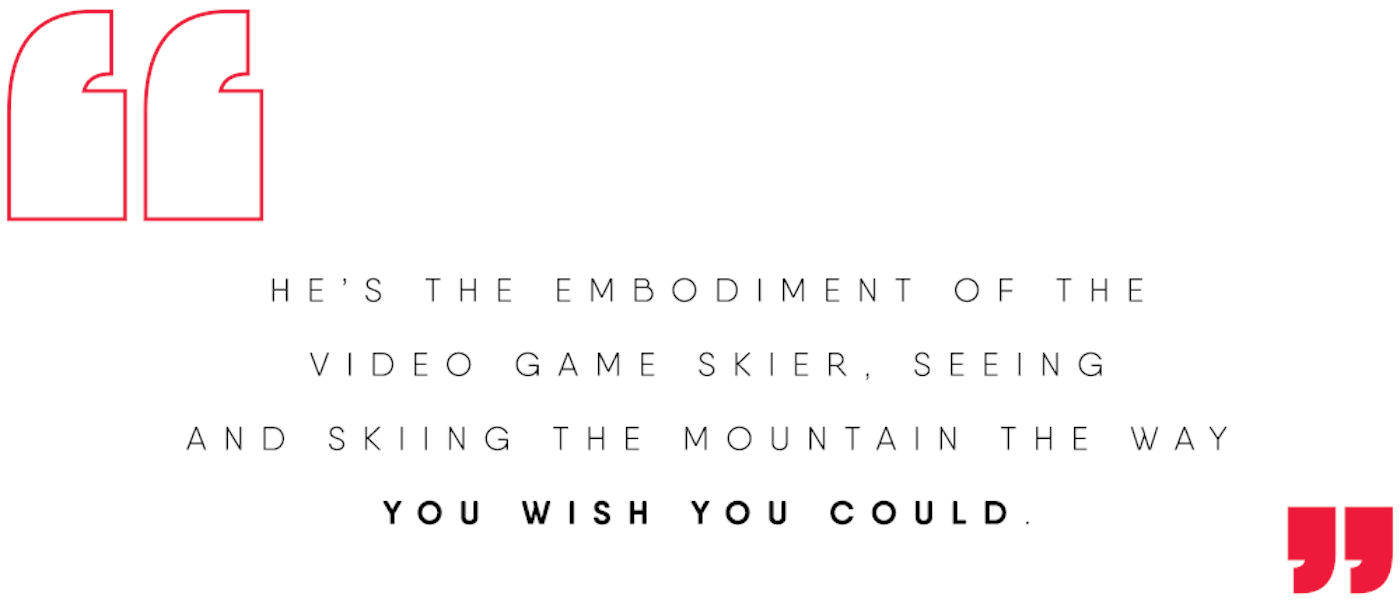
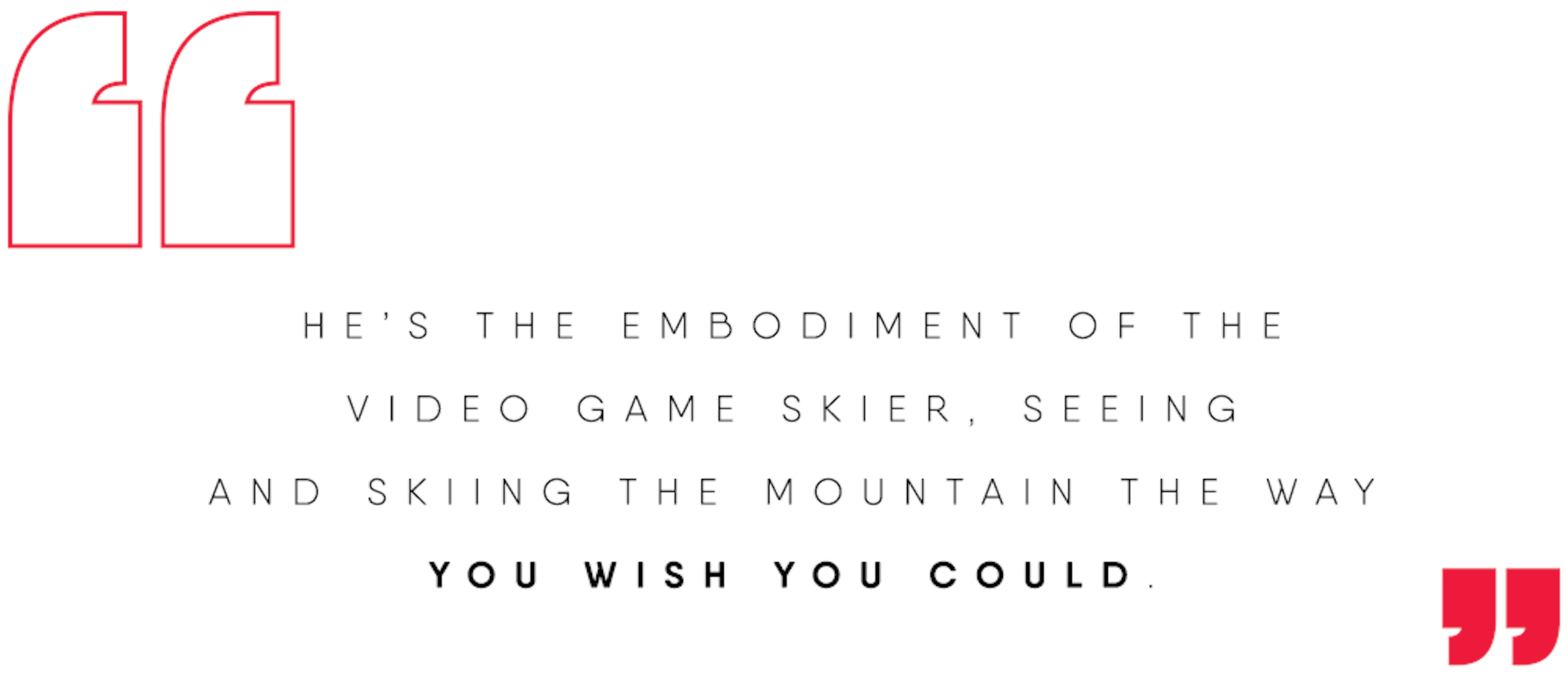
Despite Eder’s resume, he still feels like he has something to prove on the Freeride World Tour. Despite winning one tour stop in 2013, he’s never given the series a real shot—he’s been too busy skiing in front of the cameras. This season, he’ll trade the glory of the silver screen for the thrill of competing on the FWT. “I haven’t tried enough and I’ve got to do it right,” says Eder. “You’ll most likely find better powder conditions elsewhere, but there’s just something about competition.”
In between contest runs, he’ll be training for a second attempt of Georgia’s Mt. Ushba. Last year’s expedition to the 15,453-foot peak with Anthamatten and Slemett resulted in a summit, but no ski descent of the north face. Eder’s skiing skills proved useful during the heli-ski and reconnaissance mission there several months prior to the expedition, where he slayed a face on the flanks of Ushba littered with no-fall spine lines and trick features begging for flatspin 360s. But his mountaineering skills showed their limits on the technical climb three months later. Though Eder had climbed the Matterhorn and skied Mont Blanc as part of his preparation for the expedition, he struggled with the altitude.
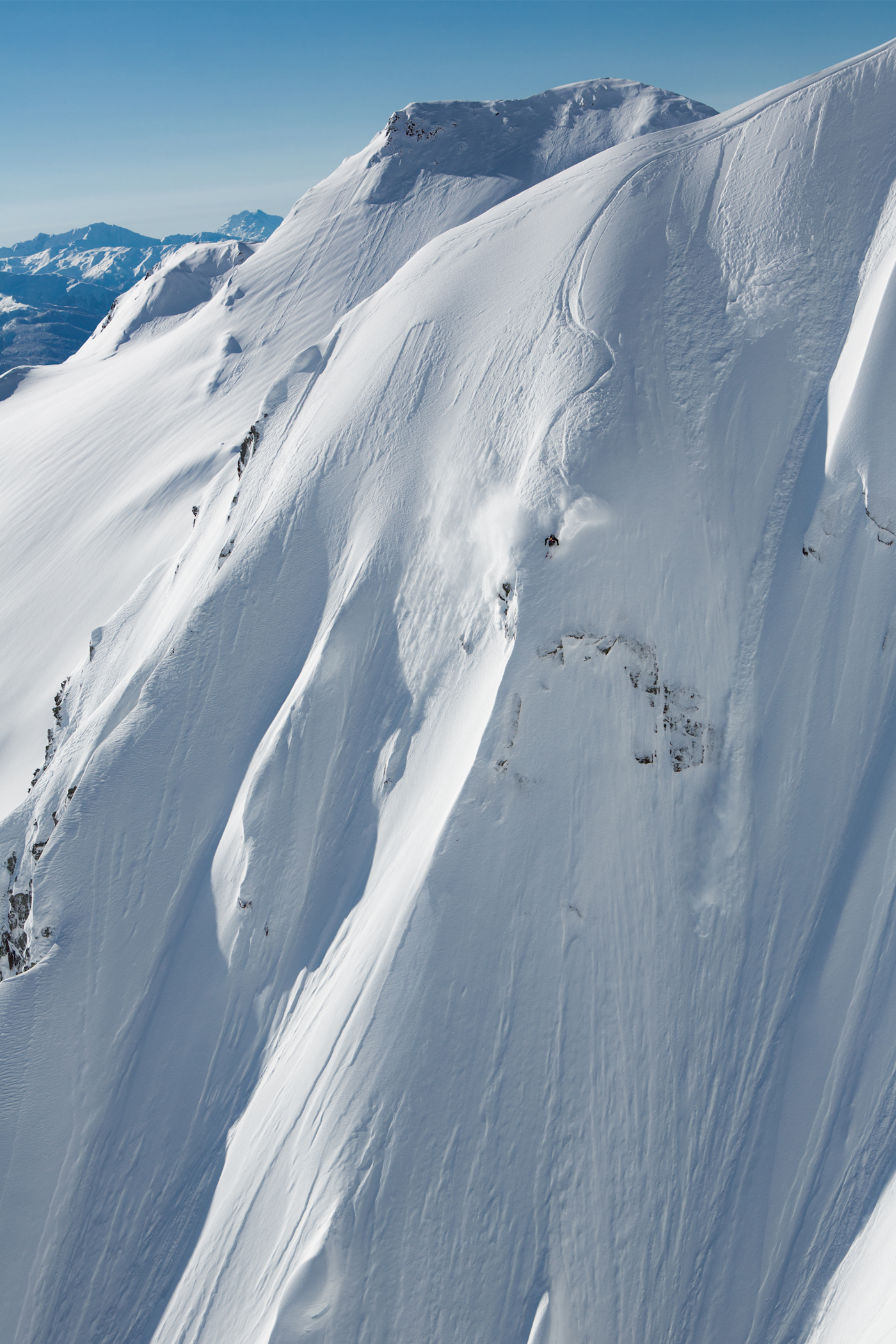
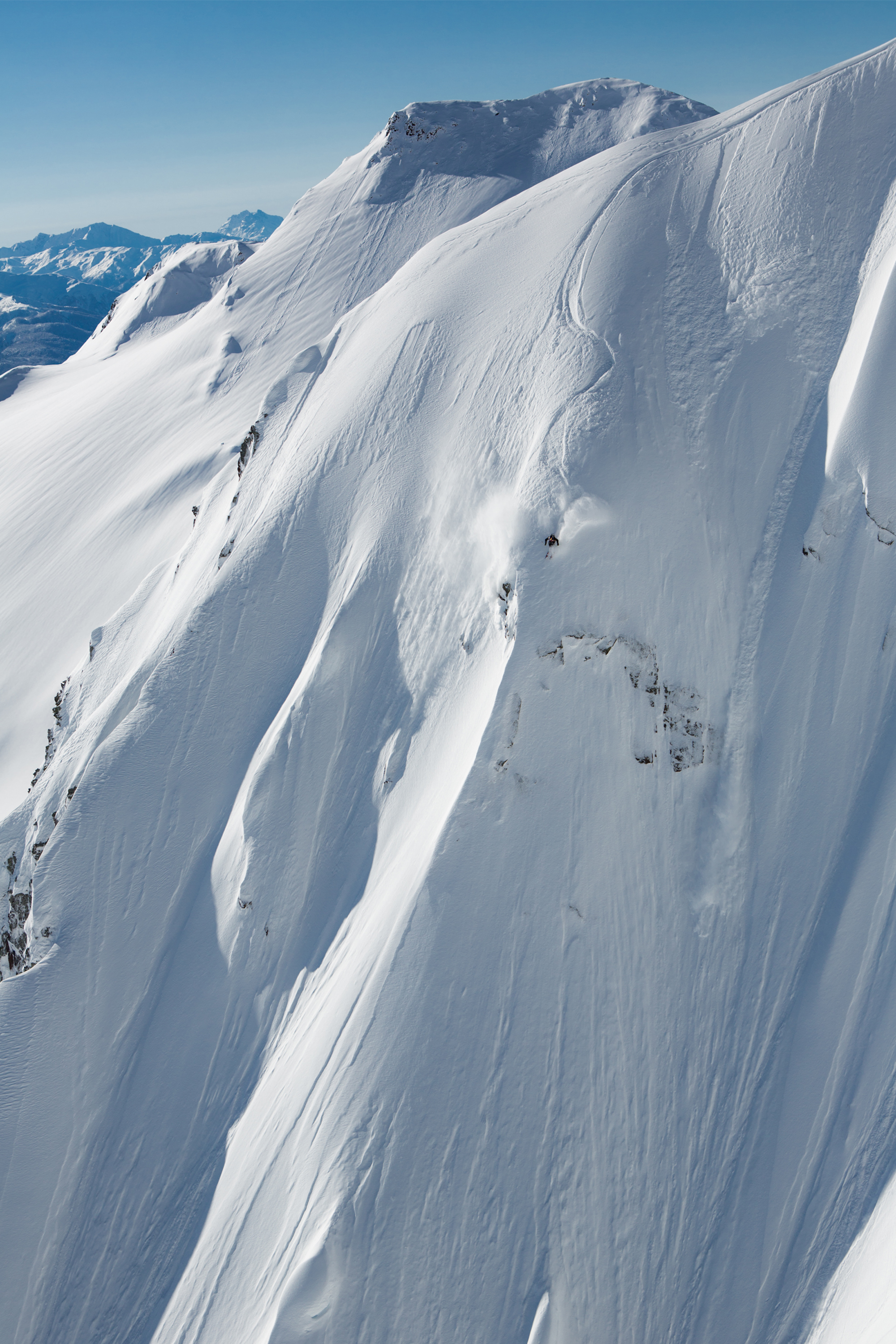
When Eder first heard about Anthamatten’s plan to ski Ushba and asked to join, Anthamatten said “No.” Eder immediately set out to improve his alpine skills. “A few north faces, ice climbs and thousands of steps later I finally got Sam’s ‘OK’ just a few weeks before the scouting trip,” says Eder. Anthamatten was impressed by Eder’s performance on the 12-hour climb and descent. On the ridge to the summit, Eder had to navigate sketchy, hollow cornices, rocky passages and unstable ice—every placement of crampons and ice axes had to be on point. “He didn’t make any mistakes—he was moving controlled and safe,” says Anthamatten. To succeed on next year’s mission to ski from the same summit, Eder knows he needs to spend more time above 15,000 feet throughout the winter.
“This project opened the door to a whole new world for me,” says Eder. “Heli-skiing in Alaska requires a certain amount of skill and knowledge, but when it comes to steep skiing, that experience isn’t enough. There’s so much I have to learn and I can’t wait to push my alpinism in this next chapter.”
Judging by Eder’s accomplishments in other realms of skiing, his ski mountaineering career could go as far as the highest peaks. In the meantime, the FWT calls, which is good news for fans hungry for creativity and progression. He’ll pull from experience in slopestyle contests (his fourth rail combination in the Olympics was a switch 270 in, misty 630 out), backcountry events, film shoots in Alaska and B.C. and mountaineering in the Alps and the Caucasus. What kind of run could a guy like Eder, a master of so many disciplines, throw down on Verbier’s Bec des Rosses face for the FWT Finals? Whatever it is, it’s sure to showcase the skills of one well versed skier.

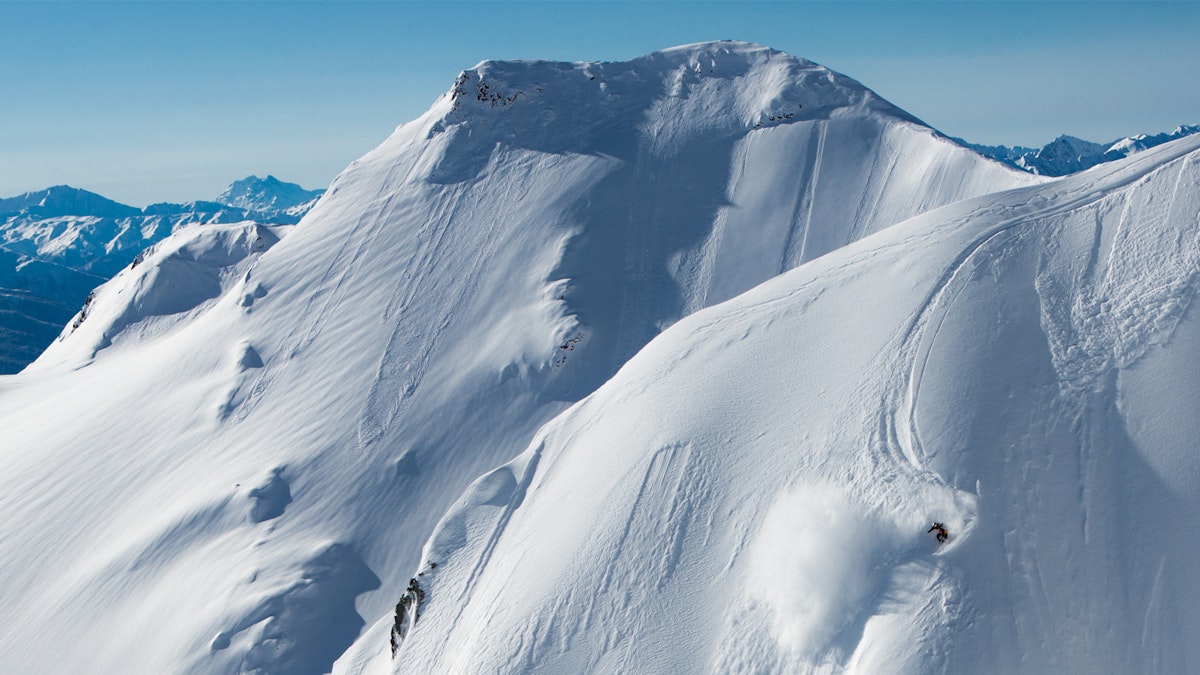

![[GIVEAWAY] Win a Head-to-Toe Ski Setup from IFSA](https://www.datocms-assets.com/163516/1765920344-ifsa.jpg?w=200&h=200&fit=crop)


![[GIVEAWAY] Win a Legendary Ski Trip with Icelantic's Road to the Rocks](https://www.datocms-assets.com/163516/1765233064-r2r26_freeskier_leaderboard1.jpg?auto=format&w=400&h=300&fit=crop&crop=faces,entropy)




![[GIVEAWAY] Win a Head-to-Toe Ski Setup from IFSA](https://www.datocms-assets.com/163516/1765920344-ifsa.jpg?auto=format&w=400&h=300&fit=crop&crop=faces,entropy)


